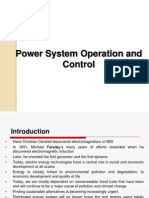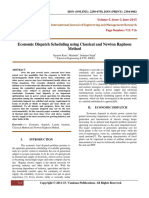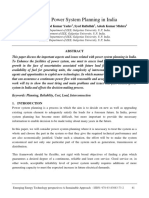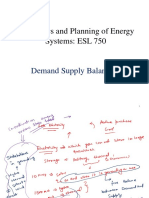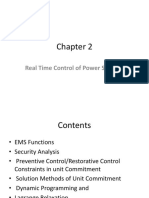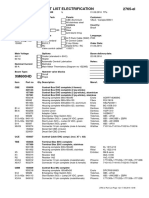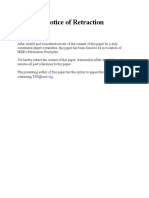0% found this document useful (0 votes)
23 views11 pagesChapter 3
Generation Expansion Planning (GEP) is essential for long-term power system planning, determining when, what, and where new generation plants are needed to meet future load forecasts. The objective is to optimize costs while satisfying constraints such as load requirements and reliability indices. Various optimization techniques, both classical and modern, can be employed to solve GEP problems.
Uploaded by
Kehase LCopyright
© © All Rights Reserved
We take content rights seriously. If you suspect this is your content, claim it here.
Available Formats
Download as PDF, TXT or read online on Scribd
0% found this document useful (0 votes)
23 views11 pagesChapter 3
Generation Expansion Planning (GEP) is essential for long-term power system planning, determining when, what, and where new generation plants are needed to meet future load forecasts. The objective is to optimize costs while satisfying constraints such as load requirements and reliability indices. Various optimization techniques, both classical and modern, can be employed to solve GEP problems.
Uploaded by
Kehase LCopyright
© © All Rights Reserved
We take content rights seriously. If you suspect this is your content, claim it here.
Available Formats
Download as PDF, TXT or read online on Scribd
/ 11












